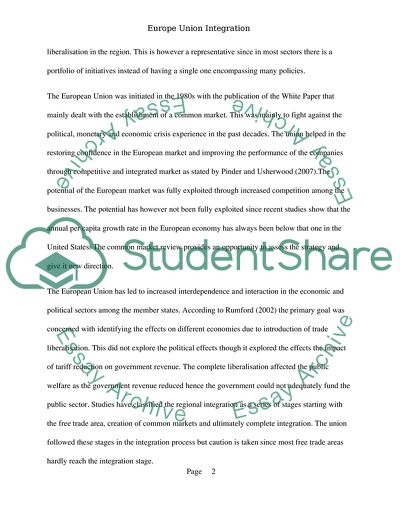Cite this document
(“Why did European states engage in a process of economic integration Essay”, n.d.)
Retrieved from https://studentshare.org/miscellaneous/1569638-why-did-european-states-engage-in-a-process-of-economic-integration-are-the-original-reasons-still-valid-today
Retrieved from https://studentshare.org/miscellaneous/1569638-why-did-european-states-engage-in-a-process-of-economic-integration-are-the-original-reasons-still-valid-today
(Why Did European States Engage in a Process of Economic Integration Essay)
https://studentshare.org/miscellaneous/1569638-why-did-european-states-engage-in-a-process-of-economic-integration-are-the-original-reasons-still-valid-today.
https://studentshare.org/miscellaneous/1569638-why-did-european-states-engage-in-a-process-of-economic-integration-are-the-original-reasons-still-valid-today.
“Why Did European States Engage in a Process of Economic Integration Essay”, n.d. https://studentshare.org/miscellaneous/1569638-why-did-european-states-engage-in-a-process-of-economic-integration-are-the-original-reasons-still-valid-today.


